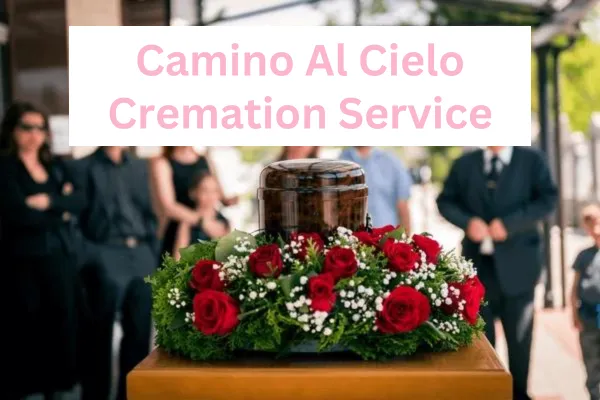Camino Al Cielo Articles

Cremation Service
“Exploring the Choice of Cremation”
In recent times, cremation has emerged as a preferred choice for many, offering an affordable and adaptable alternative to the conventional burial and funeral services.
We recognize that there's often a gap in understanding about the cremation process. This guide is crafted to enlighten our National Cremation families and readers about the nuances of cremation, demystifying terms that are often misconstrued in our industry.
* A word of caution: The details in this guide may be sensitive for younger readers. For guidance on discussing cremation with children, please refer to our dedicated article.
Understanding Cremation
Cremation serves as a dignified method for the final disposition of a loved one, presenting a modern alternative to the traditional in-ground burial. The process involves placing the deceased in a specially designed container, which is then introduced into a cremation chamber or retort. Here, the body is subjected to intense heat, breaking it down into basic components such as gases, ashes, and mineral fragments, collectively referred to as cremains.
Cremains are completely safe and are handed over to the family of the departed. They can be memorialized in several meaningful ways:
Encasing the cremains in an urn or a bespoke container, with the option to share amongst family and friends.
Burying them at a memorial site, or placing them in a columbarium.
Scattering them in a special ceremony.
The Cremation Process Explained
Typically, the cremation process spans about three hours, but it might take longer for the remains to be returned to the family. State regulations usually require that bodies be cremated individually, and a stringent identification protocol is followed throughout.
Upon receiving the remains at the crematory, medical devices or implants such as pacemakers are removed. Other materials, like silicone or metal implants, might be separated post-cremation. The body, placed in a container, is then subjected to temperatures between 1400°F and 1800°F (760°C to 982°C). After a few hours, heat and evaporation leave behind only bone fragments. These are then processed into a fine ash-like substance, and the cremains are handed over to the family, either in a temporary container or a pre-chosen urn.
What Does “Direct Cremation” Entail?
Direct cremation involves cremating the body shortly after death without embalming, viewing, or visitation. It's a preferred choice for its affordability and simplicity. Working with a funeral home, the cost typically covers the essential services like death certificates, basic fees, transportation, container, and crematory charges. Families can still opt to hold a memorial or scattering service after receiving the cremains.
Reasons for Choosing Cremation
Deciding on final arrangements is an intensely personal process. As per the National Funeral Director’s Association, cremation is increasingly favored in the U.S. for reasons including:
Cost-effectiveness
Environmental considerations
Preference over burial or natural decomposition
Simpler planning process
Versatility in memorial services
If you want to know more, you can reach out to us here:
Contact us
Camino Al Cielo Funeral Chapels
info@jadememorial.com
(702) 268-8085
2041 W Bonanza Rd Las Vegas, NV 89106
Funeral Establishment License EST141


